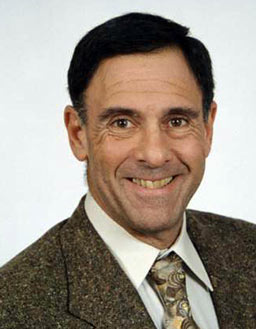 Reports on the ADI Team Congress 2011
Reports on the ADI Team Congress 2011
Thursday 14 - Friday 15 April
Manchester Central Convention Complex
Petersfield, Manchester M2 3GX

Latest strategies and techniques for maxillary sinus augmentation
Speaker: Dr Stephen S Wallace DDS – USA
Reported by Simon Wright

Graft Material
If we look back through the history of sinus grafting we learn that the gold standard was to use autogenous bone. This is because is osseoinductive, osseogenic, osseoconductive and free. As time moved on consensus started to change and in 1996 the Academy of Osseointegration suggests that it may be possible to use allograft and alloplast material for this purpose. However nowadays xenografts are considered to be the standard.
“If autogneous bone is the gold standard then xenografts are the platinum standard.”
Xenografts are considered to be ideal as they do not interfere with osseointegration (you never find xenograft material against the implant surface, it is always host bone), they are not completely resorbed (therefore resisting further pneumatisation of the sinus), and osseoconductive (typically about 25% new bone).
When using xenograft material a common question is, what is the best particle size for the conduction of new bone? The evidence suggests that there is no statistical difference between large and small size particles, in terms of apposition of new bone. However due to the volume that the material occupies (2g Bio-Oss small particle = 4.2cc, large particle 7.2cc) it is considerably more cost effective to use the large particle size.
Surgical Technique
The lateral window approach may be carried out in one of two ways. Firstly with a bur, known as the Rotary Technique and secondly using Piezo-surgery.
The rotary technique involves cutting a window 3mm from the sinus floor and 3mm from the anterior wall. Lifting the membrane from this area and the medial wall (this gives an increased blood supply to the graft and ease of placement), placing the graft material and then placing a membrane over the window. Placing this membrane increases the survival of the implants by 5% when compared to not placing a collagen membrane.
This is a successful procedure that has few complications. However the most common complications are membrane perforation; 11-56% (average thought to be about 20-25% of cases), perfuse bleeding; 2% (due to posterior superior alveolar artery), and implant loss; 4%.![]()
